
Click the blue text to follow us
Metamaterials are materials composed of periodic or quasi-periodic sub-wavelength structures (called meta-atoms) that have attracted widespread attention in optics, electronics, physics, materials science, and other fields due to their unique physical properties. Metasurfaces refer to planar arrays of meta-atoms arranged in a 2D manner. Metasurfaces have a wide range of functionalities, including static metasurfaces with predefined functions and dynamic metasurfaces whose functions can be changed or customized according to specific situations. Metasurfaces provide unprecedented degrees of freedom for manipulating electromagnetic waves.
On June 11, 2022, a collaborative team from the Air Force Engineering University and the National University of Singapore’s College of Engineering published an article titled “Remotely Mind-Controlled Metasurface via Brainwaves” in eLight. The article proposes a new concept of remotely controlling metasurfaces (RMCM) through brainwaves collected in real-time. The intensity of attention information is extracted as a control signal, establishing a mapping relationship between attention intensity and the scattering pattern of the metasurface.
Original Information:
Remotely mind-controlled metasurface via brainwaves
Original Link:
https://elight.springeropen.com/articles/10.1186/s43593-022-00016-0
Journal Information:
eLight
Innovations of the Paper

The research proposes a framework for remotely controlling metasurfaces (RMCM) using brainwave signals collected in real-time, consisting of three modules. Unlike traditional dynamic metasurfaces that require manual operation for control, this design maps human thought processes to electromagnetic modulation of the metasurface, effectively increasing the rate of electromagnetic modulation. The proposed framework model was designed and tested. The test results verified the mind-controllability of this metasurface.

· Experimental Method ·
The workflow and concept of RMCM are illustrated in Figure 1. In summary, the framework consists of three parts: sensor, controller, and actuator.
(1) The sensor refers to the brainwave acquisition module, which can record brainwaves and transmit them to the controller via Bluetooth.
(2) The controller consists of a microcontroller unit (MCU) and an output terminal. Arduino was chosen as the controller. The controller receives brainwave signals from the sensor, converts them into attention signals, and then inputs the attention signals into the actuator. Depending on the intensity of attention, the attention signals fall into four independent intervals defined by four thresholds. The output pins of the controller are connected to the actuator, with the output voltage levels corresponding to encoding 1/0.
(3) The actuator is a programmable metasurface (PM) embedded with PIN diodes in the meta-atoms. The ON/OFF states of the PIN diodes create a 180° phase difference, thus achieving 1-bit encoding. The output voltage level sequence from the controller is represented on the metasurface as different encoding sequences, controlling the scattering pattern to modulate electromagnetic waves.
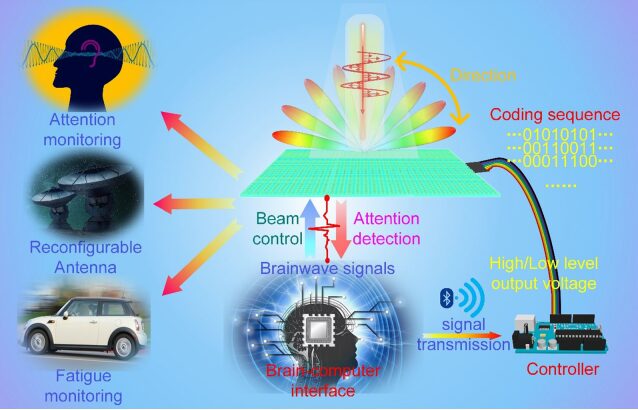
Figure 1. RMCM Framework
The specific model implementation is as follows, using the ThinkGear AM (TGAM) module to extract brainwave signals. The TGAM module is a highly integrated single-chip EEG sensor. It also integrates EEG signal extraction and conversion algorithms to extract attention information from brainwaves. The value of attention intensity is extracted and transmitted via Bluetooth. Arduino acts as the controller, receiving and processing the brainwave signals. The wireless transmission process is shown in Figure 2. The attention value is reported on a relative scale from 0 to 100. On this scale, attention intensity is divided into four threshold intervals: 0-25, 25-50, 50-75, and 75-100. When the user focuses on a thought, the attention level increases; when the user is distracted, the attention level decreases. Thus, the four threshold intervals correspond to distraction, neutral, focused, and highly focused attention intensity, respectively. Different intervals correspond to different output pin voltage levels, thus corresponding to different encoding sequences.
The current distribution of the controllable meta-atoms is shown in Figure 3. Observing the surface current distribution between the ON and OFF states in Figure 3, it can be seen that when the diode is ON, the surface current is strong. Conversely, when it is OFF, the surface current is weak. Therefore, the meta-atoms can achieve 0-1 encoding in the range of 8.17-9.19GHz.
When the encoding sequence changes, the length of the encoding elements also changes; the longer the encoding element, the smaller the splitting angle. From the mapping relationship between the scattering pattern and the four attention intensities, it can be seen that the higher the attention intensity, the more concentrated the scattering pattern of the metasurface. In this way, the scattering pattern of the metasurface can be remotely controlled by the user’s thoughts.
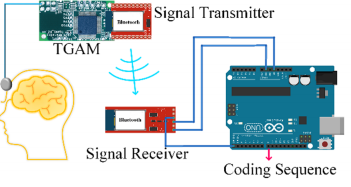
Figure 2. Brainwave Signal Processing Flow
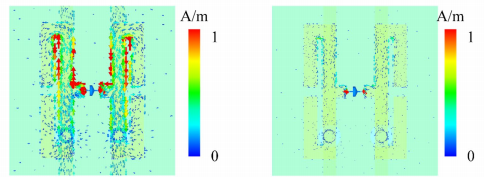
Figure 3. Surface Current Distribution in ON and OFF States

· Experimental Results ·
To further validate the design framework, an RMCM model was created and tested. The metasurface was fabricated using traditional printed circuit board (PCB) technology. SOD-323 packaged PIN diodes were soldered onto the meta-surface. Users wore dry electrodes to collect brainwaves and then wirelessly sent signals to the RMCM. Upon receiving the brainwaves, the RMCM responds by changing its scattering pattern. The brainwave acquisition module is commercialized and suitable for most ordinary people. Therefore, the method of achieving thought control over the metasurface via brainwaves is robust.
Measurements of far-field scattering patterns were conducted for different encoding sequences. The measured scattering patterns of the RMCM model are plotted in Figure 4, along with simulated results for comparison. It can be observed that despite deviations in the simulation results and actual outcomes caused by certain factors, the measured far-field scattering patterns are quite consistent with the simulated scattering patterns. This verifies that users can remotely control the scattering patterns of the RMCM model with their thoughts. As the encoding length increases, the splitting angle of the scattering pattern gradually decreases. This means a corresponding mapping relationship can be established between the splitting angle and the user’s attention intensity. Therefore, RMCM can also be applied for attention monitoring.
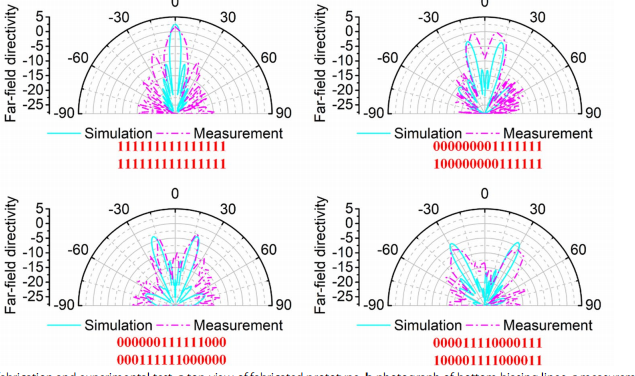
Figure 4. Comparison of Measurement Results of Thought-Controlled Scattering Patterns under Different Encoding Sequences

· Summary and Outlook ·
The research proposes a framework RMCM that utilizes brainwaves to control the electromagnetic response of programmable metasurfaces and tests the application of RMCM. Both simulation and testing results indicate that the electromagnetic response of the metasurface can be directly controlled by the user’s brainwaves, with significant improvements in control and switching rates. RMCM demonstrates good performance in electromagnetic wave modulation, providing a new avenue for the design of intelligent metasurfaces, and may achieve new applications in health monitoring, 5G/6G communications, smart sensors, and more.

· Medical Electromagnetism Community ·
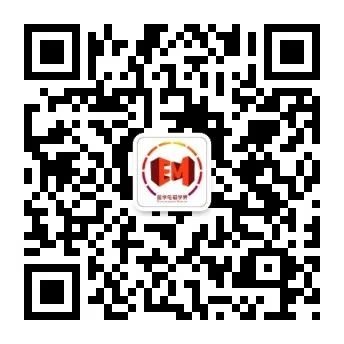
WeChat ID|yxdcxj888
Welcome to follow us|Medical Electromagnetism Community
▼ Click “Read the original text” to view the original paper!